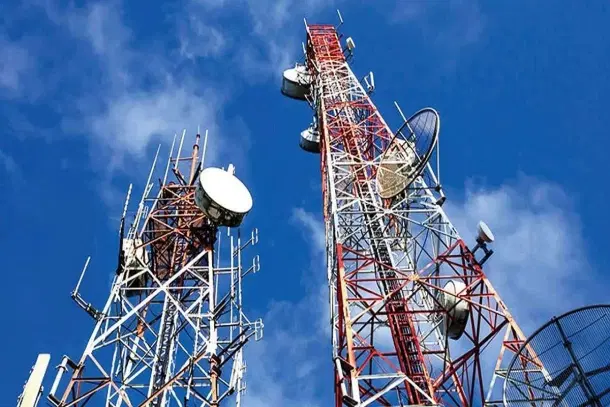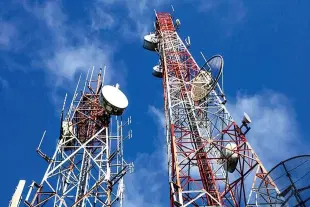News Brief
TRAI To Suggest Mandatory Telecom Infrastructure Deployment Within Buildings
Bhaswati Guha Majumder
Dec 25, 2021, 03:12 PM | Updated 03:12 PM IST
Save & read from anywhere!
Bookmark stories for easy access on any device or the Swarajya app.


The Telecom Regulatory Authority of India (TRAI) is expected to issue a consultation paper to clarify its position on non-discriminatory and mandatory implementation of telecom infrastructure within building premises in order to effectively address right-of-way (RoW) issues, particularly in-building solutions (IBS).
According to a recent report by Economic Times, a person familiar with the matter said: "The regulator is coming up soon on a discussion paper seeking views on providing mandatory access to telecom service providers on a non-discriminatory basis within the building premises to facilitate in-building solutions including optic-fibre cables."
The report noted that the new consultation process is expected to promote building ratings based on their readiness for adequate digital connectivity and inside coverage, implying the need for changes to the Real Estate Regulatory Authority (RERA) or the Real Estate (Regulation and Development) Act, 2016, as well as the urban development framework.
Citing quality of service (QoS) concerns, the industry has blamed restricted access to private and public properties for the deployment of telecom equipment. The watchdog wants to put in place a system that allows multiple telecom service providers to enter the market without discrimination, giving local residents fair and reasonable access.
The Department of Telecommunications (DoT) issued RoW rules in November 2016 that required a nationwide standard policy, a one-time modest administrative charge, and presumed approval within 60 days. The Centre also changed the Indian Telegraph Right of Way rules in October 2021 to include provisions for a one-time cost and uniform procedure for deploying overhead optic-fibre cable, with a ceiling of Rs 1,000 per kilometre.
‘A Timely Move By TRAI’
The new suggested paper will seek building ratings based on duct availability and sufficient space for IBS, as well as stakeholder suggestions on whether such a model is needed for older buildings voluntarily.
Tilak Raj Dua, director-general of the Digital Infrastructure Providers Association (DIPA) said: "This is a good idea and a very timely move by TRAI.” According to Dua, the consultation document will aid in the faster deployment of next-generation (that is 5G) services and allow for better coverage through in-building solutions. Additionally, he pointed out the fact that there is a clear need to construct IBS for wireless services in order to increase in-building coverage and deliver better quality high data rate services.
On the back of the country's growing mobile subscriber base and data traffic, DIPA, the New Delhi-based organisation which represents telecom infrastructure companies such as ATC India, Bharti Infratel, Tower Vision and STL, has been advocating liberal and uniform regulations to boost digital connectivity infrastructure.
However, according to the industry, around 70 per cent of mobile traffic is generated just indoors.
Separately, according to other reports, the deadline for written comments on 5G spectrum auctions has been extended by TRAI to 10 January 2022, while the deadline for counter comments has been extended to 24 January 2022.
It had earlier set 28 December 2021 as the deadline for written comments on the Consultation Paper and 11 January as the deadline for counter-comments.





